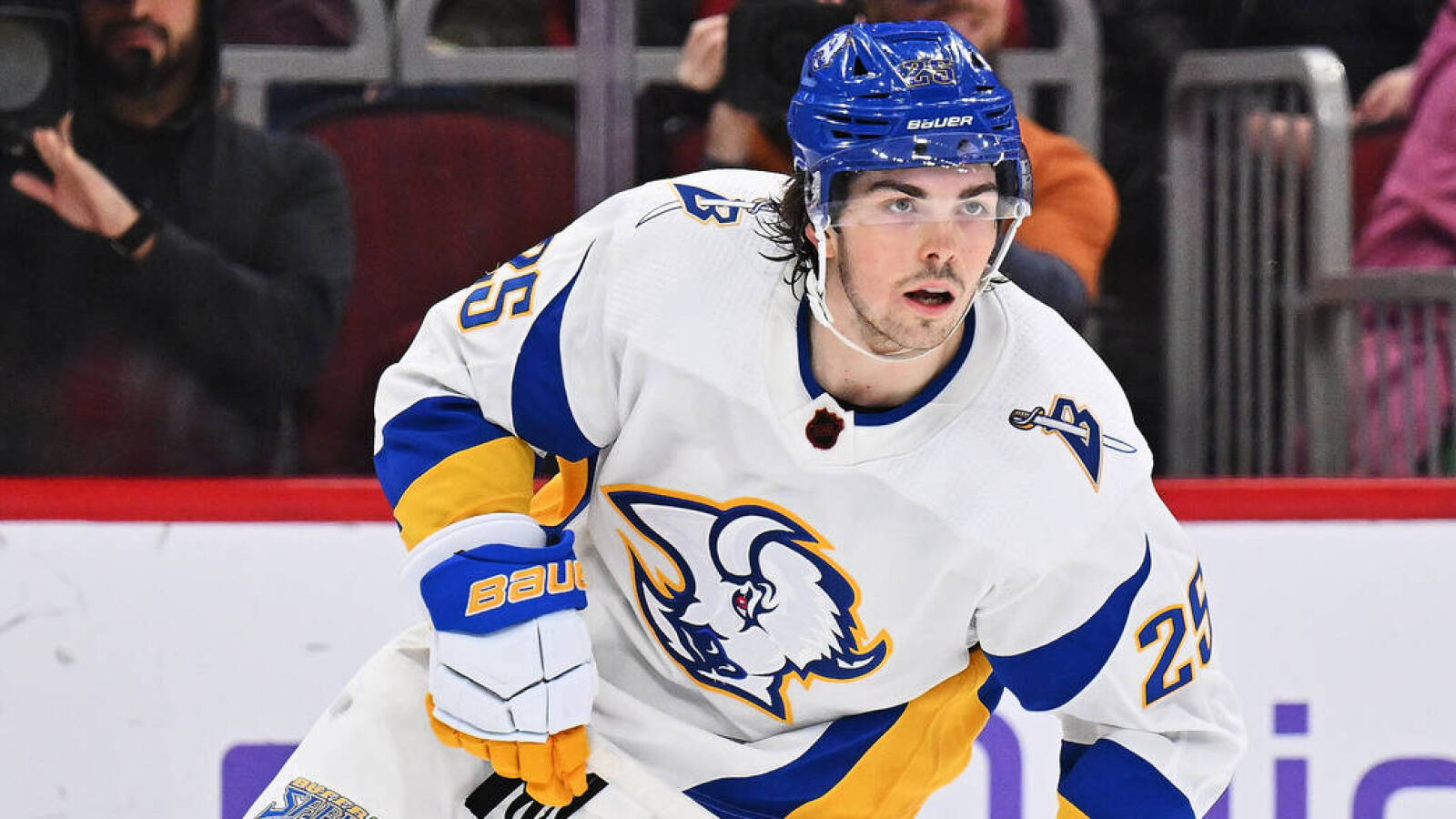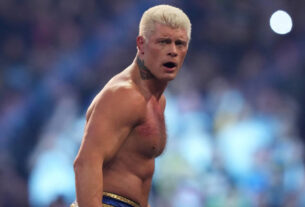Expectations are typically quite high when someone goes first overall in the NHL Draft.
In theory, the prospect is typically as NHL-ready as it gets, and slow stretches will be scrutinized. Instant success is expected more from forwards, so people notice when someone like Jack Hughes or Alexis Lafreniere doesn’t produce out of the gate.
But expectations are typically much leaner for defensemen, where, often, their impact isn’t measured by impressive point totals.
So, when Owen Power elected to go back to college with the University of Michigan instead of going pro immediately with the Buffalo Sabres, it wasn’t overly shocking. In 2021 Power became just the fourth defenseman taken first overall in the 21st century, behind Erik Johnson (St. Louis, 2006), Aaron Ekblad (Florida, 2014) and Rasmus Dahlin (Buffalo, 2018).
Ekblad and Dahlin both went straight to the NHL, while Johnson and Power elected to spend an extra year in the NCAA. Ekblad came from the OHL, wasn’t eligible for the NCAA or AHL and had outgrown major junior. So the only other logical step was going up to the NHL and he immediately earned key minutes for a bad Panthers team. He had some teething issues but eventually became a force and a worthy No. 1.
In Dahlin’s situation, Buffalo needed immediate help, and they got it. Dahlin ended up having one of the best 18-year-old seasons by a defenseman, even besting Bobby Orr. Dahlin then fell out of the spotlight when Cale Makar showed up, but Dahlin is on a 90-point pace now. To say he’s been anything other than remarkable would be a mistake.
And then there’s Johnson, who has had the quietest career of the bunch. He never really became the No. 1 star defenseman some projected him to be. Still, he has played 905 games over 16 seasons, won silver at the 2010 Olympics with the USA and helped Colorado win the Stanley Cup last summer. He’s in the twilight of his career and may have never been the super high-impact guy he was projected to be. But still, that extra time in college helped. Even for a top prospect, it’s tough transitioning from junior to the NHL, and, at the time, nobody had gone straight from the United States National Team Development Program to the NHL. So he got his reps in, played well against quality competition and made an immediate impact with the St. Louis Blues in 2007-08.
If we compare the four from a points perspective, Dahlin had 44 points, Johnson had 33, and Ekblad 39. Power is on pace for 32, so around what Johnson recorded. Of the four, Dahlin was the one projected the most to be an offensive threat, and he has demonstrated that.
In Power’s case, points come secondary. He’s the biggest of the four at 6-foot-6, but he skates like he’s 6-foot-1 instead. He’s quick, uses his strength to launch himself in short battles, and knows how to put pucks on net, too. Few defensemen can play nearly 24 minutes a night and be as menacing and as skillful as Power. Dahlin is also big at 6-foot-3, and Ekblad looked like a wolf when he first came to the NHL, and still does.
But Power is just a bit different.
Power used that extra season to his advantage. He had nearly a point per game in 33 outings with Michigan and represented Canada at the Olympics in China. Power closed the year with an eight-game stint with the Sabres and showed some promise. He earned ample ice time and looked like a man among kids. It looked too easy for him at times, but that’s because of how fluent and meticulous his game was.
Now a full-time presence with Buffalo, Power is already averaging 23:39 of ice time, two more minutes than any other rookie. Of the 173 defensemen that have played at least 500 minutes of 5-on-5 action this year – more or less top-four defensemen in most cases – Power has the 24th-best Corsi-for percentage of 54.34 and 38th-best goals-for of 58.06 percent. Only three defensemen have been on the ice for more 5-on-5 goals, too.
Power’s closest comparable of the three other first-overall picks would have to be Ekblad, at least from a style perspective. He can get 50 points in a season, but it’s his two-way play, great passing ability, excellent hockey sense and imposing frame that makes him so effective. Ekblad would be viewed much more positively if he hadn’t dealt with so many injuries in his career. Power’s been healthy to date, and we’re seeing a bit of what made Ekblad fun to watch early on.
So, how does Power compare to other first-overall defensemen? Quite nicely. He’s having a positive impact at 5-on-5 and is getting more comfortable by the game. He’s the yang to Dahlin’s yin in Buffalo’s lineup. The two will be the cornerstones of the blueline for the foreseeable future, and it’s a bright future. Tage Thompson, Dylan Cozens, Jack Quinn, JJ Peterka and Ukko-Pekka Luukkonen will make up the core.
Power has already been given significant responsibility in Buffalo and has handled it well. If this is what we’re seeing in his early days, just imagine how good he’ll be once he hits his peak.



